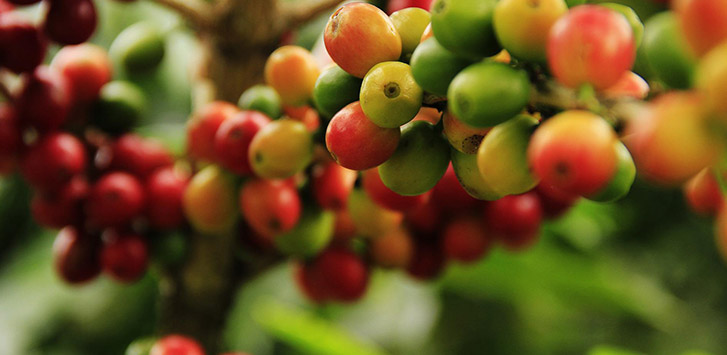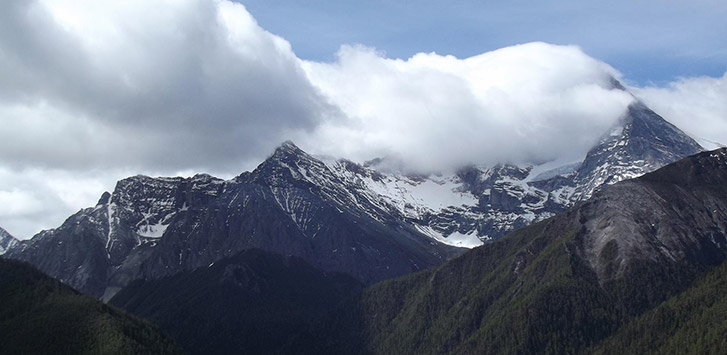Deeply rooted in coffee culture, Yemen has cultivated, grown, and exported coffee beans for centuries. This rich history has lead to some of the most famous coffees from around the world.
History of Yemen Coffee
Little is known about where Yemen coffee originated, but sources suggest that this particular coffee plant was originally native to Ethiopia. Eventually, Yemen started to cultivate the plant and experiment with different brewing methods, creating the unique varietal we know and love today.

In the 15th century, Sufi monks discovered coffee in Yemen. They blackened the Yemen coffee beans and then steeped them, creating a drink that allowed them to study through the night. This practice quickly caught on, spreading to Istanbul, Cairo, Damascus, and Mecca.
By the 17th century, the Yemeni port city of Al Mokha was the center of the international coffee trade. This is how “mocha” became a synonym for coffee. Throughout the next century, Yemen was the sole supplier of coffee. But in 1726, the Dutch colony of Java began to compete with them, growing their own supply and threatening Yemen’s monopoly on the coffee market. Even though Yemen’s market share decreased over the next couple of years, the country continued to grow and export as it always had.
As the third wave of coffee arrived, so did the Yemeni civil war, severely limiting access to coffee beans. Currently, the country is experiencing great humanitarian disaster, as it plunges deeper into civil war.
Growing Regions

Through the years, Yemen’s production process hasn’t changed significantly. Coffee plants grow on small, terraced plots on the mountain sides with rain fed cisterns filtering water downward to hydrate the plants. When the plants are ripe, they’re collected by middlemen and sent to the capital city of Sana to be milled. Next, the coffee beans are sun-dried on the roof tops of the growers’ houses. Due to the decentralized production process and the ongoing Yemen civil war, it’s extremely hard to get Yemen coffee beans.
There are four major growing regions in the western mountainous areas of the country. These regions are Hirazi, Mattari, Sanani, and Ismali.
Three popular Yemen coffee beans that are grown in these regions are the Mocca Khulani Natural, the Mocca Hajjah Natural, and the Red Sea Blend – an exciting and complex blend of Ethiopian and Yemen coffee beans.
Roasting Suggestions
If you really want to experience a cup of Yemen coffee, try a medium-light roast. It’ll reveal some of the more complex flavor notes hidden within the coffee bean. In fact, Yemen is actually known for its white coffee, or very lightly roasted coffee. You can go a little darker if you’d like to with a medium or medium-dark roast. For the hardier Yemen coffee beans, a darker roast can bring out the famed chocolate notes even more, but only if done correctly. If you can’t decide which roast type to try, our roasting guide does a deep dive on all the information you’ll need to choose.
Flavor Profile
Yemen coffee beans are famous for the rich chocolate aftertaste that lingers with each sip you take. These beans are also characterized by unique berry flavors and wood-like undertones. You’ll find that each cup also boasts a well-balanced, medium-body with a bright acidity.
Brewing Suggestions
When looking to brew this coffee, the best brewing methods are a pour over or a drip coffeemaker. The similar brewing processes for both accentuate the coffee beans' delicate floral notes.
Conclusion
While Yemen coffee beans are lesser known, they’re worth trying out. The delightful, rich, chocolate notes and berry flavors mix to create a unique, yet satisfying, cup of coffee. Enhance your coffee experience and order some Yemen coffee beans today.